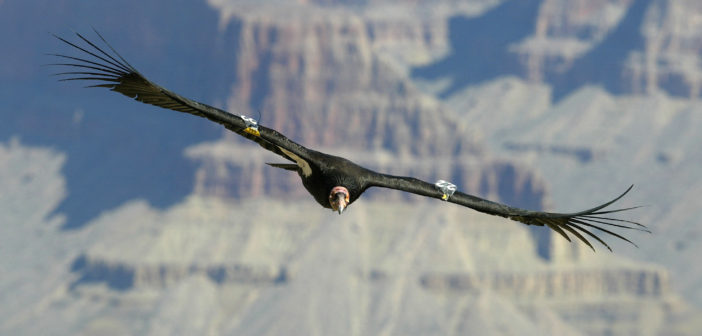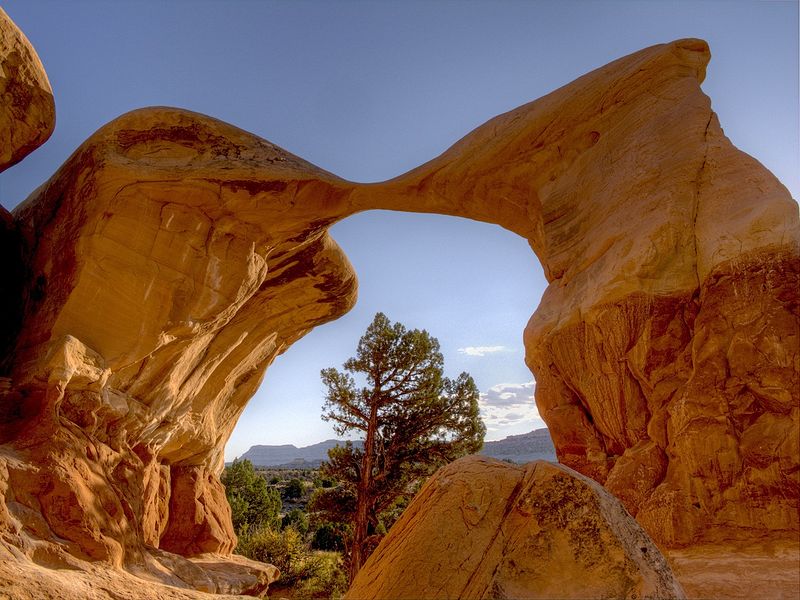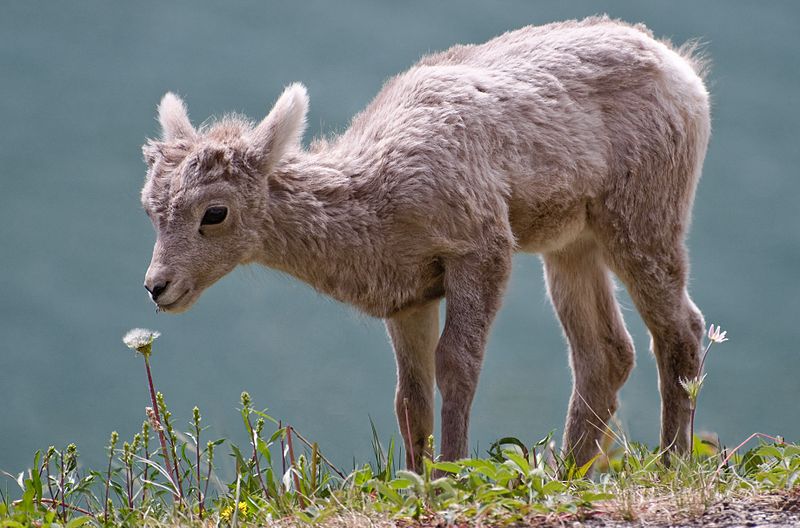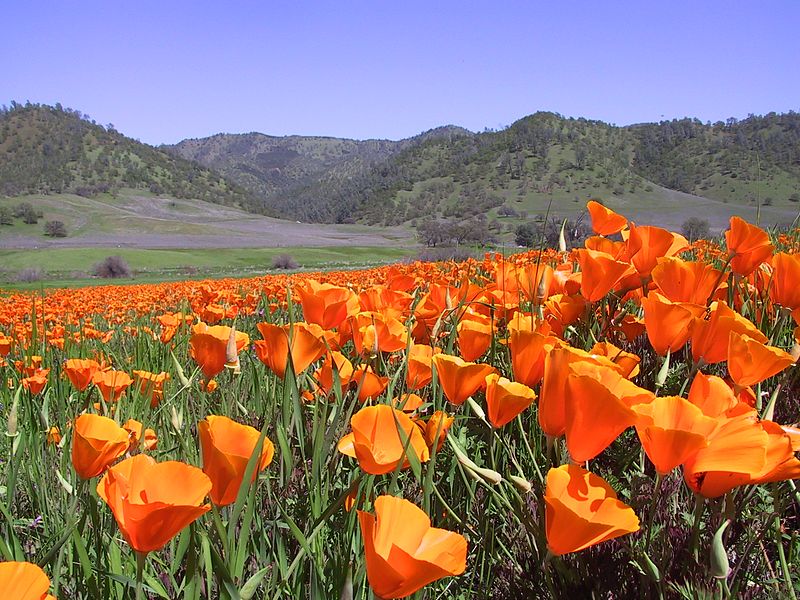The 27 U.S. National Monuments now under review for downsizing are some of the most uniquely beautiful wild lands on the planet earth, with spectacular mountain ranges, enchanting rock formations, magnificent wild birds and other animals, essential wildlife corridors, and hundreds of thousands of sacred Native American sites. Nature really is not ours to destroy, and the continued protection offered by National Monument status is needed to prevent opening up these lands to threats – whether from coal, oil, fracking and other development, or from further changes in status down the road which could lead to their being sold, exchanged, or otherwise disposed of.
Please send a comment to the U.S. Department of the Interior, asking that the 27 National Monuments, and the oceanic monuments which are also now under review, not be diminished or downsized in any way.
The comment I have sent is given at the end of this article.
Here is the link where you may send your comment. Sometimes this link doesn’t work. You can also go to www.regulations.gov and continue from there.
https://www.regulations.gov/document?D=DOI-2017-0002-0001
The deadline for comments is July 10, 2017. The deadline for comments on the Bears Ears National Monument was May 26, and has already passed.
If you live in southern Utah, or even if you don’t, you may wish to comment specifically on the Grand Staircase Escalante National Monument, which is the largest of the Monuments.
Several criteria are listed which Secretary Zinke will be considering when making his decisions about these Monuments:
In making the requisite determinations, the Secretary is directed to consider:
(i) The requirements and original objectives of the Act, including the Act’s requirement that reservations of land not exceed “the smallest area compatible with the proper care and management of the objects to be protected”;
(ii) whether designated lands are appropriately classified under the Act as “historic landmarks, historic and prehistoric structures, [or]other objects of historic or scientific interest”;
(iii) the effects of a designation on the available uses of designated Federal lands, including consideration of the multiple-use policy of section 102(a)(7) of the Federal Land Policy and Management Act (43 U.S.C. 1701(a)(7)), as well as the effects on the available uses of Federal lands beyond the monument boundaries;
(iv) the effects of a designation on the use and enjoyment of non-Federal lands within or beyond monument boundaries;
(v) concerns of State, tribal, and local governments affected by a designation, including the economic development and fiscal condition of affected States, tribes, and localities;
(vi) the availability of Federal resources to properly manage designated areas; and
(vii) such other factors as the Secretary deems appropriate. 82 FR 20429-20430 (May 1, 2017).
If you can submit a comment that relates to these criteria, please, by all means do so. That may be most effective. I’m not suggesting that you write a comment similar to mine below. Sticking to the criteria given may work best.
I confess that I was unable to force my own comments to fit into the pigeon holes of the criteria. Because we have freedom of speech and freedom of thought, it seems that our comments ought to be considered, whether or not they fall within the stated categories. Our own sense of justice also requires that we speak up clearly on behalf of nature when it is in peril.
Many of us may feel that perhaps the decision has already been made, and the die has already been cast. There have been a great many occasions, however, when public comments have actually been heard and have modified an outcome. In any case, speaking up in defense of wildlife and wild lands is worth doing, regardless of whether or not one is heard – even if the clouds and the wind are the only witnesses.
Hearing also happens on many levels. We ourselves hear what we have said, and all those who have ears do also hear. This gives strength to the global movement to protect the natural world, and on some level, joins forces with the plants, the wild animals, and the earth itself.
Here is the comment that I sent:
Thank you for the opportunity to comment on the review of certain National Monuments established since 1996.
I am opposed to this review, and I ask that Secretary Zinke not recommend diminishing any of these Monuments which were designated by former presidents.
In my view, there are no legal grounds and no justification for attempting to undo or downsize any Monuments designated under the Antiquities Act. The Antiquities Act provides for the establishment of such Monuments by American presidents, but it does not provide for their dismantling by any succeeding president.
The efforts to downsize or diminish any of these Monuments are misguided.
Cascade Siskiyou in Oregon is home to two hundred species of birds, including the endangered Great Grey Owl. Craters of the Moon in Idaho is made up of amazing volcanic landscapes found nowhere else. Giant Sequoia Monument in California has some of the oldest and most spectacular of these beautiful trees. Gold Butte in Nevada protects the threatened Mojave Desert Tortoise, Bighorn Sheep, cougars, and magnificent desert rock formations. Grand Canyon-Parashant includes remote natural wilderness areas near the Grand Canyon.
Grand Staircase Escalante has some of the most beautiful rock formations on earth as well as sacred Native American sites and essential wildlife corridors. The only remaining jaguars within the United States, whose presence is greatly endangered, are to be found in the Sonoran Desert in Arizona. Upper Missouri River Breaks National Monument in Montana is filled with scenic wild lands, still unspoiled since the Lewis and Clark Expedition passed through in 1805. The Vermillion Cliffs in Arizona holds 12,000 years of Native American settlements and some of the earth’s most astonishing 3,000 foot high rock formations. For 11,000 thousand years, human beings have lived among the forests and rivers of the Katahdin Woods and Waterways National Monument in Maine. Each of these Monuments has unique and irreplaceable natural wild lands.
The five Marine National Monuments also being reviewed – the Marianas Trench, the Northeast Canyons and Seamounts, Pacific Remote Islands, Papahanaumokuakea, and Rose Atoll – are the homes of some of earth’s rarest and most endangered sea birds and sea creatures. The preservation of these great ocean expanses is essential to the continuation of life in the sea.
When my ancestors and the ancestors of many Americans first arrived on our shores around five hundred years ago, and began to travel west, they found a continent overflowing with life. From coast to coast, there was such an unimaginable abundance of wild lands and wildlife that it would have been impossible to imagine that today it would be mostly gone. The Native Americans who lived here for 13,000 years used what they needed to survive and destroyed nothing else. They left the natural world largely as they had found it.
A September 9, 2016 article on the online site Science Alert reports on a study which estimates that today only 23 percent of the world’s wilderness areas remain intact. Very little is left of the natural world. Yet, instead of striving to protect whatever bits of nature are left – every tree, every mountain range, every wild species, the rivers, the oceans, and every blade of grass – instead, we continue to plunder the natural world.
The claim that the natural world “belongs” to us, because our forbears traveled across the prairie displacing the Native Americans who were here for many thousands of years before us – or that wild lands exist solely in order to be gobbled up by coal, oil, fracking, and other industrialization – is absurd. The earth does not belong to us; we belong to the earth.
This is not a weird or unpopular point of view. The vast majority of the American public supports protecting public lands, including the National Monuments, along with all wild lands and wild species. Americans, like all peoples on the earth, value the intrinsic beauty and worth of the natural world. We are part of nature. We cannot exist without nature, though, irrationally, we are rapidly killing the very source of life on which we depend. When the natural world is gone, we will be gone too. Yet that, in itself, is not the primary reason to protect life on earth. The earth has its own existence and its own value, and it is not ours to destroy.
When we destroy our past – the ancient sacred sites that are the legacy of this continent – and when we destroy the great beauty and sacred integrity of the rocks, the rivers, the mountains, the wild animals and birds, and all the life that was put here long before we arrived, that is a mistake that cannot be undone.
I would like to request that the Department of the Interior and Secretary Zinke undertake a review of all the as-yet-unprotected wild lands in the U.S. with the intent of seeing how they can be safeguarded by being designated as National Monuments, National Parks, or other protected lands.
Thank you for your consideration,
Sharon St Joan
© Sharon St Joan, 2017
This article was first published on the website Voices and Visions:
https://voices-and-visions.com
Photos:
Featured image: BLM / Creative Commons Attribution 2.0 Generic license. Flickr / Condor flying over Vermillion Cliffs National Monument.
First embedded photo: John Fowler / “This file is licensed under the Creative Commons Attribution 2.0 Generic license.” Wikipedia / Metate Arch, Grand Staircase Escalante National Monument, in Utah.
Second photo: Philipp Haupt / “This file is licensed under the Creative Commons Attribution 2.0 Generic license.” Wikipedia / A Bighorn lamb.
Third photo: Snowpeak / “This file is licensed under the Creative Commons Attribution 2.0 Generic license.” Wikipedia / House on Fire Ruin; Anasazi Ruin in upper Mule Canyon near Comb Ridge in Utah.
Fourth photo: Bob Wick, BLM / “This image is a work of a Bureau of Land Management employee, taken or made as part of that person’s official duties. As a work of the U.S. federal government, the image is in the public domain in the United States.” / Berryessa Snow Mountain National Monument in California.
Fifth photo: Bob Wick, BLM / “This image is a work of a Bureau of Land Management employee, taken or made as part of that person’s official duties. As a work of the U.S. federal government, the image is in the public domain in the United States.” / Canyons of the Ancients National Monument, in Colorado, Painted Hand Pueblo.











1 Comment
Thank you for posting this.